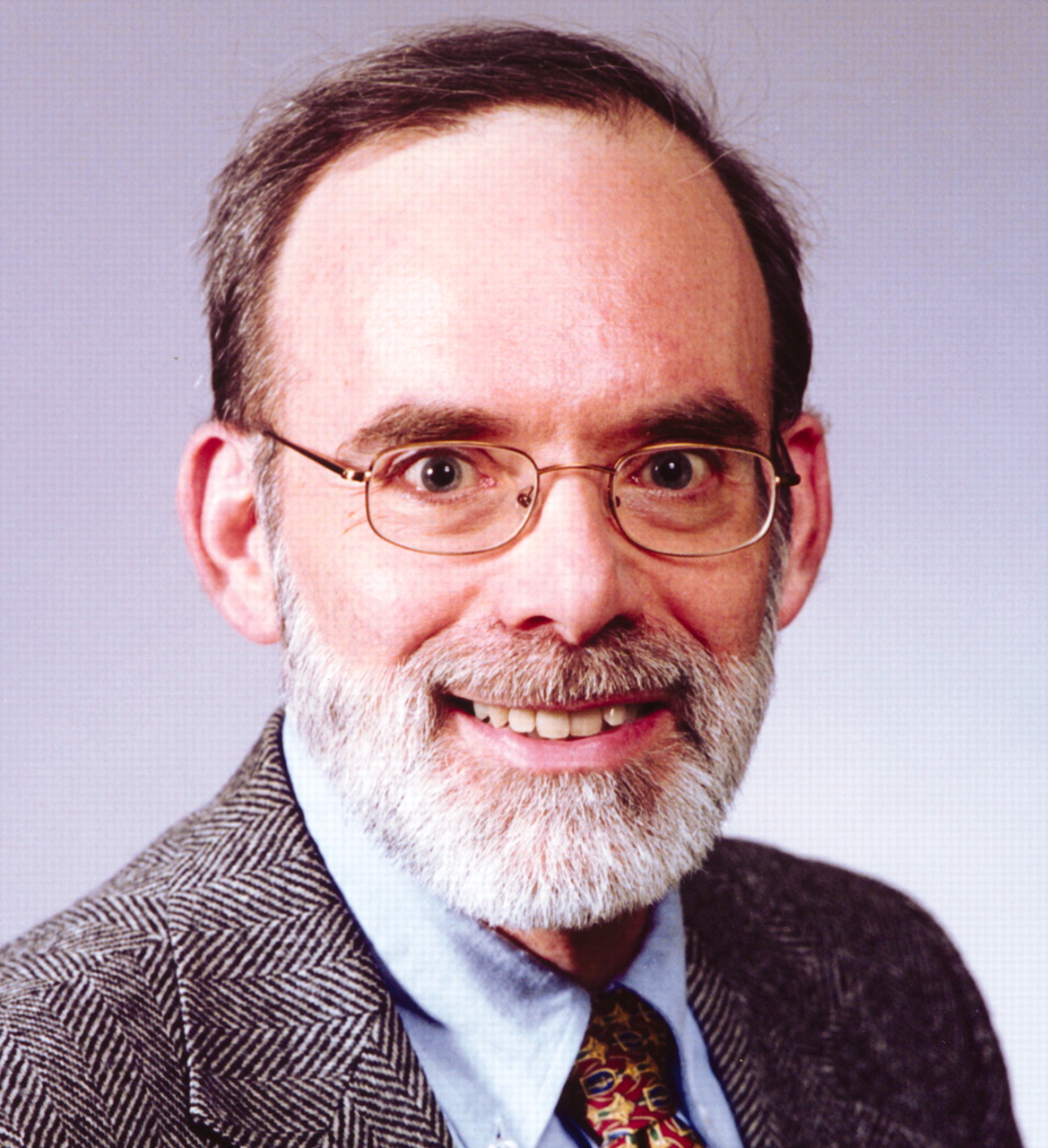This issue of
Psychiatric News will give you an overview of all that awaits you in San Francisco for APA’s 2003 annual meeting. I have no doubt that you will be glad you made the decision to travel from near or far to the meeting—the scientific program will help you update your clinical skills in many areas, as well as alert you about research developments that will affect the way you practice in years to come. Moreover, few cities are as attractive as San Francisco as a convention destination.
Beyond those few sentences about the annual meeting, I’ll let this issue speak for itself, and I look forward to seeing you in San Francisco. In the meantime, let me share my thoughts on another matter that I thought might interest you.
As I write this column, I am in the air between Hyderabad and Delhi, beginning the long flight back from India to the United States. I was invited to Hyderabad to represent APA at the annual meeting of the Indian Psychiatric Society. Amid the varied sensory impressions I carry with me is the strong sense of commonality of concerns for psychiatrists in the United States and India.
Such an assertion may seem surprising, since these countries differ on the surface in so many ways. India, now home to a billion people, is still building the kind of infrastructure and developing the technology that we take for granted in the United States. In rural areas, including the villages where 65 percent of the population lives, bullocks pull farmers’ plows through the fields, and many homes lack electricity. Perhaps half the population cannot read or write. On narrow two-lane roads, oxcarts piled high with sugar cane share the way with crammed intercity buses and automobiles.
Image (inIndia) is missing or otherwise invalid.But India, in many respects, is leaping from a premodern society into the 21st century. There was probably no better place for me to glimpse aspects of that transformation than in Hyderabad, one of India’s leading technology centers. Modern office parks filled with software companies are springing up along the city’s edge—roads are being expanded, trees planted, parks built, modern five-star hotels opened. Successful entrepreneurs build huge residences overlooking parks and lakes, much as their compatriots in Silicon Valley have done. The streets are clear, the people friendly, and a sense is pervasive that this is the future of India.
Along with its economic transformation, which will bring India closer to the postmodern shape of the U.S. and other Western societies, India resembles us in other ways as well. Its expanse is enormous, and its topography varied. Moreover, the population is exceedingly diverse in terms of language (imagine a nation with 15 official languages!), ethnicities, religions, and cultures. I felt a bit less like a stranger when I was with colleagues from other parts of India who were no better able than I to understand Telugu, the dominant language in Andhra Pradesh, the state of which Hyderabad is the capital, but which is not much spoken elsewhere.
What are Indian psychiatrists concerned with? Of course, much of the meeting was devoted to discussion of the latest treatments for psychiatric disorders and to reports from the major psychiatric research centers in India. But there was also considerable attention paid to matters related to the psychiatric service system that would sound familiar in type, if not in scope, to many American psychiatrists.
India has approximately 4,000 to 5,000 psychiatrists for its billion people, a ratio perhaps one-fortieth of ours in the U.S. If we lack adequate psychiatric person-power to care for people with psychiatric disorders in our country—which we do—one can imagine just how difficult it is for the average Indian to access psychiatric care. Hospital beds are in short supply, with relatively few in general hospitals. I heard a lively debate as to whether emphasis should be given to expanding and upgrading the number of beds available or to developing community-based services. Sound familiar?
The opening speaker at the congress was a former state supreme court justice who questioned whether psychiatric disorders really were like other medical disorders and should be treated in a medical model. He also wondered whether changes being proposed to India’s mental health code would put too much power in the hands of psychiatrists to the detriment of patients’ civil rights. And even as I write these words, the engineer sitting next to me on the plane is telling me about the stigma of seeing a mental health professional in India and suggesting that perhaps we ought to change the name of our profession to escape the impact of popular prejudice. (I tell him I don’t think that’s the answer, that we need to help people understand how vulnerable all of us are to mental disorders and how valuable treatment can be.) Meanwhile, one finds popular television programs promoting alternative approaches based on traditional remedies—approaches that an Indian psychiatrist who has been conducting controlled studies tells me have not been demonstrated to be efficacious.
I was asked to talk about our research on assessment of patients’ decision-making capacities, because informed consent and competence have become important issues in Indian medicine. The questions and comments I received could have come from an audience in Baltimore or Seattle. Without wanting in the least to slight the importance of attending to differences in culture in diagnosing and treating mental disorders, I am impressed with how similar are the clinical and service delivery issues we face, wherever we practice. Clearly, given the similarities in the issues we face, the exchange of ideas and approaches that can take place when psychiatrists from different countries get together can be enormously valuable.
I hope you’ll excuse me if I end with a personal word of thanks to our colleagues in India. They were wonderful hosts, showing us some of India’s fantastic sights and leaving me and my family looking forward to our next visit to India—and to seeing many of these new friends again at our annual meeting in San Francisco in May. ▪

